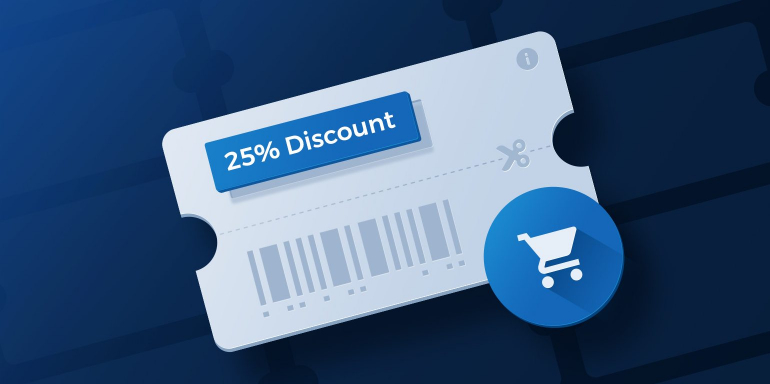In my past life, I used to work promotions. You know those girls in bikinis you see at tech events who are supposed to drag you to a booth to look at whatever company’s stuff they are hawking, and you do it because girl in bikini?
Yeah. That was me. (Sorry for convincing you to buy that thing you probably didn’t need).
For a while, I did a lot of work in promotional marketing, showing up to events, passing out free product and samples, and helping companies try and gain market share with whatever product they were launching.
Obviously, the “girl in bikini” tactic is effective for getting someone to accept a free sample, but there’s an underlying (and incorrect) strategy behind the tactic that all promotional marketing is based off of.
Why Promotional Marketing is Dying
The idea behind almost all promotional marketing is that if you give away enough product, some people will like it enough to buy it, and then you’ll recoup your investment.
Sound old school to anyone else? For most companies, especially lean tech companies, this is not even close to the most effective way launch a product. (That’s not to say freebies aren’t a great idea. They are. But there is a right and wrong way to give them away. Stick with me).
This strategy of promotional marketing is completely outdated. Why? There’s no data.

You’re relying on correlations instead of causation. You hope you gain enough market share by giving things away that you can at least recoup your investment, but you can’t directly attribute any success to one source, unless all of your marketing initiative eggs are in one basket (which would be silly and ignorant).
Does this sound like any other outdated marketing techniques you’ve heard of? It should. Remember when people bought advertising in newspapers? How about in phone books?
It’s all ineffective, because none of it can be quickly, directly measured.
You already know there’s an alternative to this. Any growth hacker worth their salt can give you a list of effective analytics software to help you track any campaign you’re running.
What we need is a new definition of promotion that opens it up to the metrics that matter. Why does it matter? The changing definition of promotion is already changing your work. Now it needs a name.
Redefining Promotion
The dictionary defines a promotion as “something devised to publicize or advertise a product, cause, institution, etc., as a brochure, free sample, poster, television or radio commercial, or personal appearance.”
That’s too limiting. We need something that acknowledges how small the most effective offers are thanks to concepts like product market fit, minimum viable product, etc.
Here’s my working definition of promotion: Any single offer.
Broad? Yes. Effective? I think so, and I’ll explain why.
Promotions used to be about the period of time a given campaign was running. A campaign could be giving away a freebie, running a coupon, or sending out promotional models during a launch.
Until recently, promotion has been explicitly linked with a period of time.
However, that’s not enough anymore. Campaigns will always be time sensitive, but that in and of itself is not enough to define what a promotion truly is.
When you launch an offer, there are a few consistent parameters you operate within.
The Anatomy of an Offer
1. Define your who, what, and why.
If you don’t know what you’re selling, no one is going to want to buy it. If you don’t know who it’s for, no one is going to be interested.
This is the most basic research phase where you are trying to find your product market fit. Once you have a strong idea of who wants what you’ve got and how it will benefit them, you can start curating that information into the first draft of your sales page, which takes us into the second parameter.
2. Your MVP
The faster you can launch, the faster you can iterate and make changes. This is why you need a minimum viable page, or an MVP. This concept lets you test faster and is how you can craft a compelling offer fast enough to stay at the edge of your game.
3. Launch Phase
This is typically what gets referred to as the “promotion.” Don’t get me wrong. Any growth hacker knows pulling the trigger is the only way to start getting the data you need on whether or not an offer is landing.
However, the launch phase is mistakenly referred to as a “promotion” – often simply because a company’s marketing department will be in full-on crazy mode trying to get their idea to hit critical mass.
That’s too big. Effective offers aren’t.
Let’s bury the old definition of promotions and promotional marketing for good. You don’t need them. You need a well-crafted offer that your user instantly understands as relevant to them. That’s why your MVP is so vital.
Every promotion – every offer – needs a post-click landing page. At Instapage, we’re dedicated to making it faster and easier everyday to create yours. (Did you know you can make a post-click landing page in less than three minutes? Seriously).
Not sure where to start with your post-click landing page? Sign up for an Instapage Enterprise demo today.

See the Instapage Enterprise Plan in Action.
Demo includes AdMap™, Personalization, AMP,
Global Blocks, heatmaps & more.
